Ohio Farm Bureau Podcast: Thermal Imaging Tech in Agriculture and a Labor Update
Ohio Farm Bureau and Nationwide are offering members thermal imaging cameras, a new, free tool that can pinpoint potential fire hazards on the farm.
Read MoreIf Americans want their produce grown in the U.S., under this country's food safety regulations, the guest worker program needs to be updated.
In Huron County, near the tiny community of Celeryville, lies some of Ohio’s most fertile soil.
The rich, black soil known as muck is especially well suited to growing vegetables, and the land has been known to produce radishes from seed to harvest in less than three weeks.
Despite its advantages, muck soils present growers with some unusual challenges, said Mike Gastier, an agriculture and natural resources educator with Ohio State University Extension in Huron County. The fresh vegetable business can be difficult too, with sensitive crops and fickle markets. “It’s always been a tough way to make a go of it,” he said.
Gastier has been working with muck crop growers in Huron County for 20 years, and he’s seen their numbers dwindle. Some families sold their muck land when no successor wanted to take on the farm. Others moved on because their farms were no longer profitable. Now the roughly 3,000 acres of muck land is farmed by just four families.
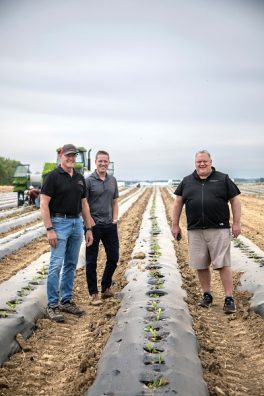
The families who continue to farm Huron County’s muck soils have adapted their operations over the years. For instance, the Holthouse family shifted away from root vegetables and leafy greens that require water and ice for cooling. About 15 years ago they decided to focus on producing bell peppers, zucchini, summer squash, eggplant and cucumbers, said Ken Holthouse. “It seems to have been better financially for us.”
Holthouse Farms has diversified beyond growing vegetables into packaging, brokering and distribution. In 2003, the family also bought another vegetable farm, Doug Walcher Farms, about 15 miles away near North Fairfield, Ohio. With that purchase they added production of fall crops such as mini gourds, pumpkins and fall squash.
While muck soils bring their challenges, one of the Holthouses’ biggest challenges is managing labor costs. They aren’t able to hire enough local workers to fill seasonal field work and harvesting jobs, Holthouse said. To get the workers they need, they rely on the U.S. Department of Labor’s H-2A program, which allows employers to hire temporary agricultural workers from other countries.
The Holthouses have been happy with the employees they’ve hired through H-2A. “They are great workers and they work hard to get invited back,” Ken stressed. However, the Holthouses are not happy with the mandated wage.
The Department of Labor sets an Adverse Effect Wage Rate (AEWR) for different regions around the country, and Ohio’s is significantly higher than some other states. For instance, Ohio’s rate is currently $17.17, while the rate for Georgia and South Carolina is $13.67. That puts Ohio producers at a competitive disadvantage, Holthouse said. “Why is there such a disparity in these wages?”
Bryan Buurma also lists labor as a challenge for his family’s farm. The Buurmas raise vegetables on some of the muck soils near Celeryville as well as additional land in Ohio and Michigan. “Our main concern is always labor,” he said.
Like the Holthouses, Buurma doesn’t understand why the AEWR is higher in Ohio than in some other parts of the country. “That AEWR is killing us labor-wise.”
Buurma said his family simply won’t be able to compete if the disparity continues. “If something doesn’t get under control, I’ll be the last farmer here.”
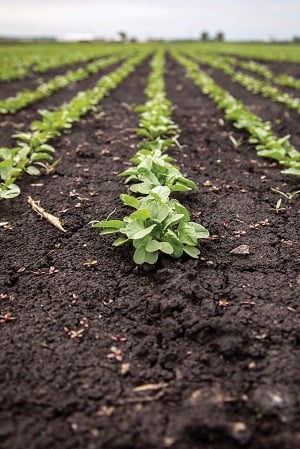 The Celeryville area, located just south of Willard, Ohio, started out as the Willard Marsh. Then in the 1890s a group of Dutch immigrants living in Michigan heard the land was available at a price they could afford, so they moved to the area with their families. “They were all of Dutch heritage, so they were used to draining soils,” explained Gastier.
The Celeryville area, located just south of Willard, Ohio, started out as the Willard Marsh. Then in the 1890s a group of Dutch immigrants living in Michigan heard the land was available at a price they could afford, so they moved to the area with their families. “They were all of Dutch heritage, so they were used to draining soils,” explained Gastier.
After the land was drained, the farmers had fields with soil organic matter around 40%. “What you had left was basically peat moss,” Gastier said. At that time, commercial fertilizer was not available, so the high nutrient levels in the soil were especially beneficial. “This stuff was productive right off the bat, without adding any amendments,” he said. The loose soil texture was also an advantage for production of root crops.
One concern with the muck soils is that the organic matter is continually breaking down. Bob Filbrun, manager of the Ohio Agricultural Research and Development Center’s Muck Crops Station in Huron County, compares the soil to a compost pile. Farming the land accelerates the biological activity in the soil that breaks down the organic matter just as turning a compost pile does. “The more you turn your pile, the more you add water, you drive that whole breakdown cycle,” he said.
Along with the loss of soil from organic matter breakdown, the loose soil is particularly vulnerable to wind erosion and water erosion. “Those really chip away at this valuable resource. It’s a finite resource. We’re not producing any more peat bogs,” Filbrun added.
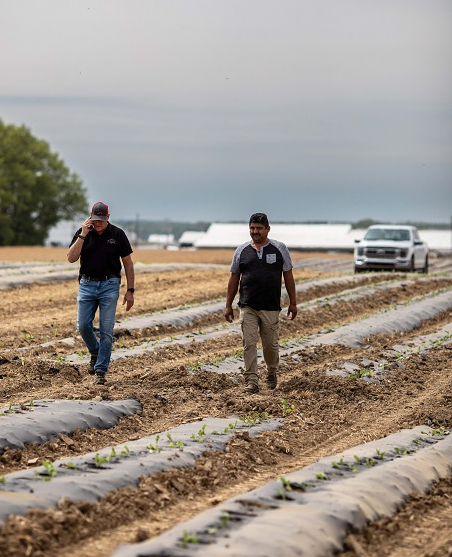
The agricultural guest worker program, H-2A, fills a need in this country because farmers have such a hard time finding local employees to take jobs harvesting and doing other hand work. In addition to paying wages, the employers pay for transporting workers to and from their home countries as well as transportation and housing while they are in the U.S.
Worker pay is dictated by the Adverse Effect Wage Rate (AEWR) set by the Department of Labor for different regions around the country. Ohio’s AEWR is significantly higher than some other states.
Sarah Black, general manager for Great Lakes Agricultural Labor Services, said the AEWR disparity is an urgent problem for farmers who need seasonal workers. GLALS works with farmers in Ohio, Michigan and Indiana to arrange for H-2A workers.
“There’s a very high percentage of the U.S. fresh fruits and vegetables produced today that are planted, cared for and harvested by legal, foreign guest workers, and that’s not going to change,” Black said. If Americans want their produce grown in the U.S., under our food safety regulations, the guest worker program needs to be updated. “If you still want your food grown here we need Congress to fix some of these issues.”
The AEWRs are based partially on USDA annual farm labor surveys, but those surveys were not designed for that purpose, Black said. Too often, discussions about H-2A are lumped in with immigration reform, she added. “We’re not talking about immigration reform. We’re talking about a workforce for our farms and we’re talking about food security.”
Photos by Bryan Rinnert


Ohio Farm Bureau and Nationwide are offering members thermal imaging cameras, a new, free tool that can pinpoint potential fire hazards on the farm.
Read More

Learn all about the basic laws, exemptions and considerations you should make when it comes to overtime.
Read More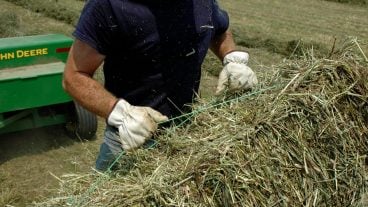
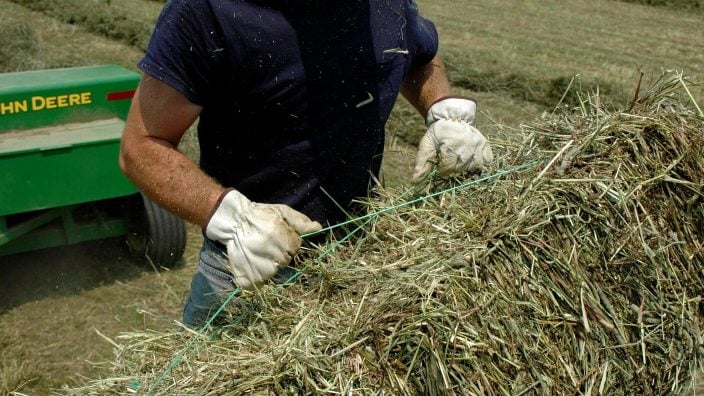
As we near the end of summer, farmers may have some high school students or other local kids working for them, but back to school time may mean some different limitations on those employees.
Read More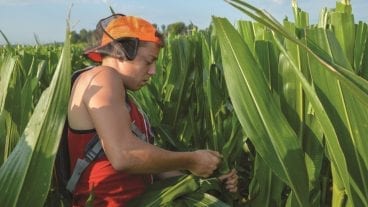
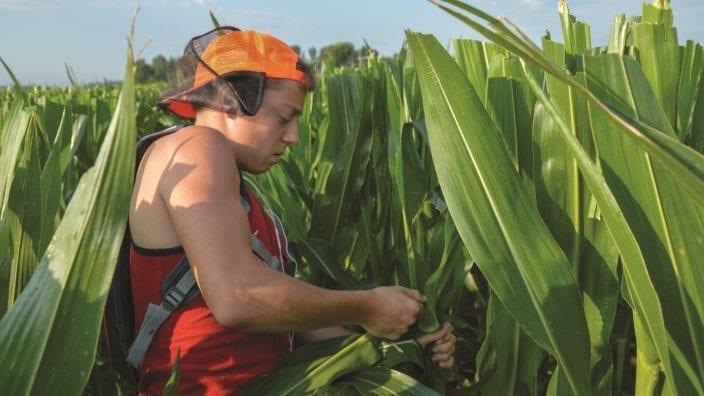
Everyone is aware of the requirements to pay minimum wage, but there are some exemptions for agriculture that are good…
Read More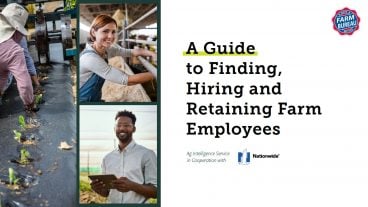

Ohio Farm Bureau is offering a new resource to our members, the “A Guide to Finding, Hiring and Retaining Farm Employees.”
Read More

Ohio Farm Bureau, in a partnership with Nationwide, has released a first-of-its-kind ‘Labor Intelligence Report’ and ‘Guide to Finding, Hiring and Retaining Farm Employees’ through their new Ag Intelligence Service.
Read More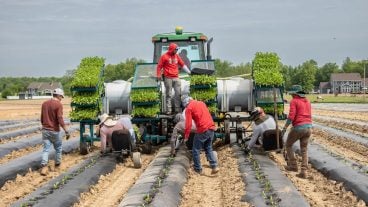
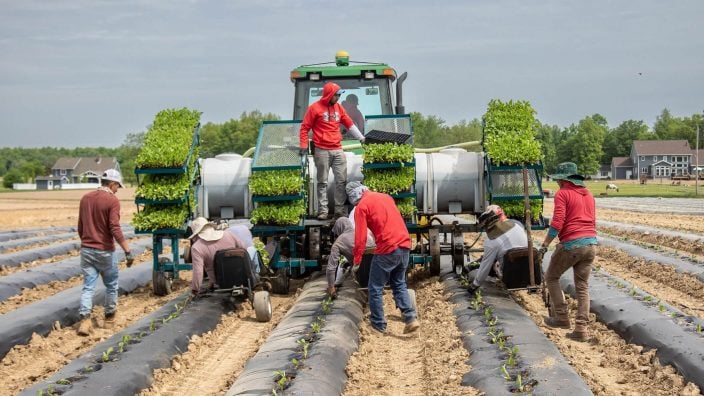
If Americans want their produce grown in the U.S., under this country’s food safety regulations, the guest worker program needs to be updated.
Read More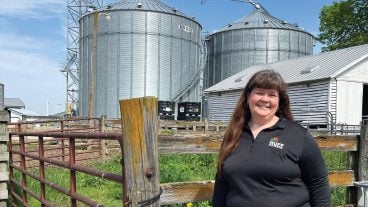
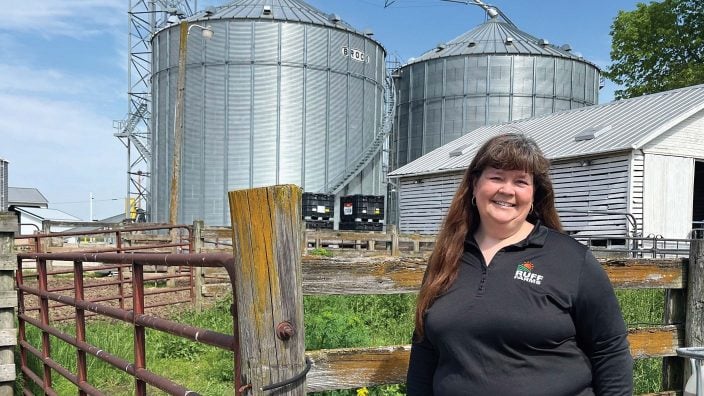
How employees are treated, and also the opportunity to have year-round employment through the farm and related businesses, are key to the Ruffs’ success in attracting and retaining skilled farm talent.
Read More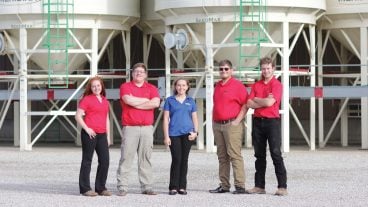
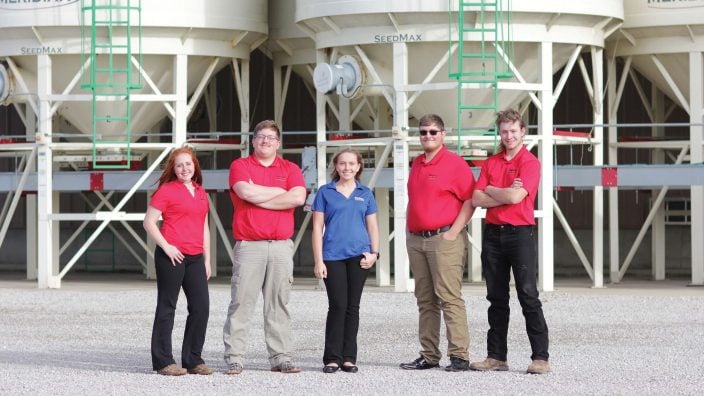
Employee ag education enables the cooperative to provide the best service and solutions for their member-owners, which is key to their continued success.
Read More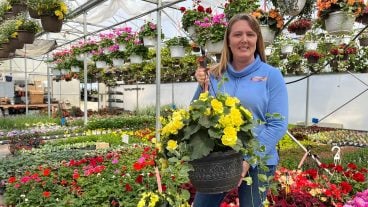

Maintaining a knowledgeable and robust workforce is key to sustainability and any potential growth for Brown’s Family Farm Market in the future.
Read More